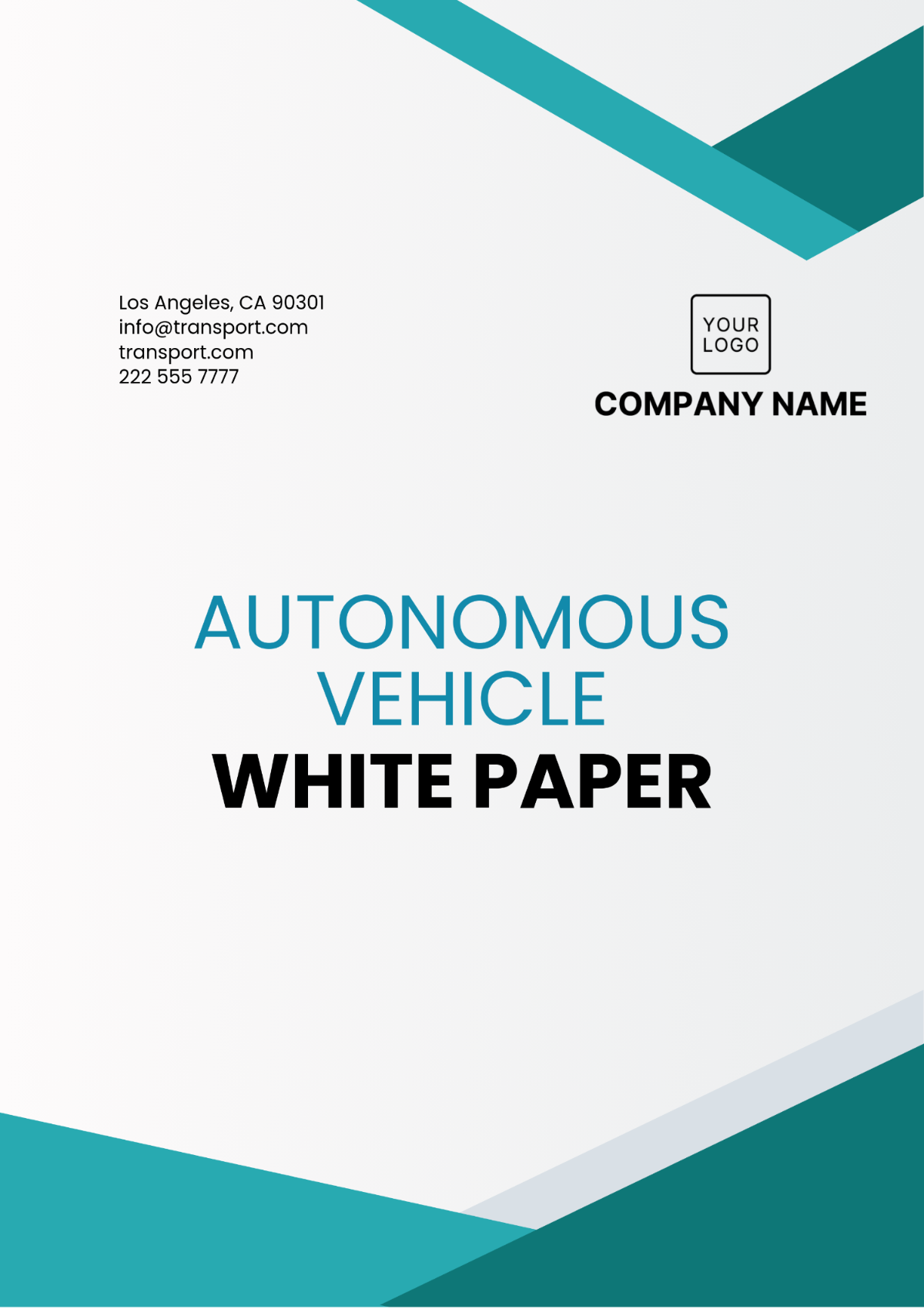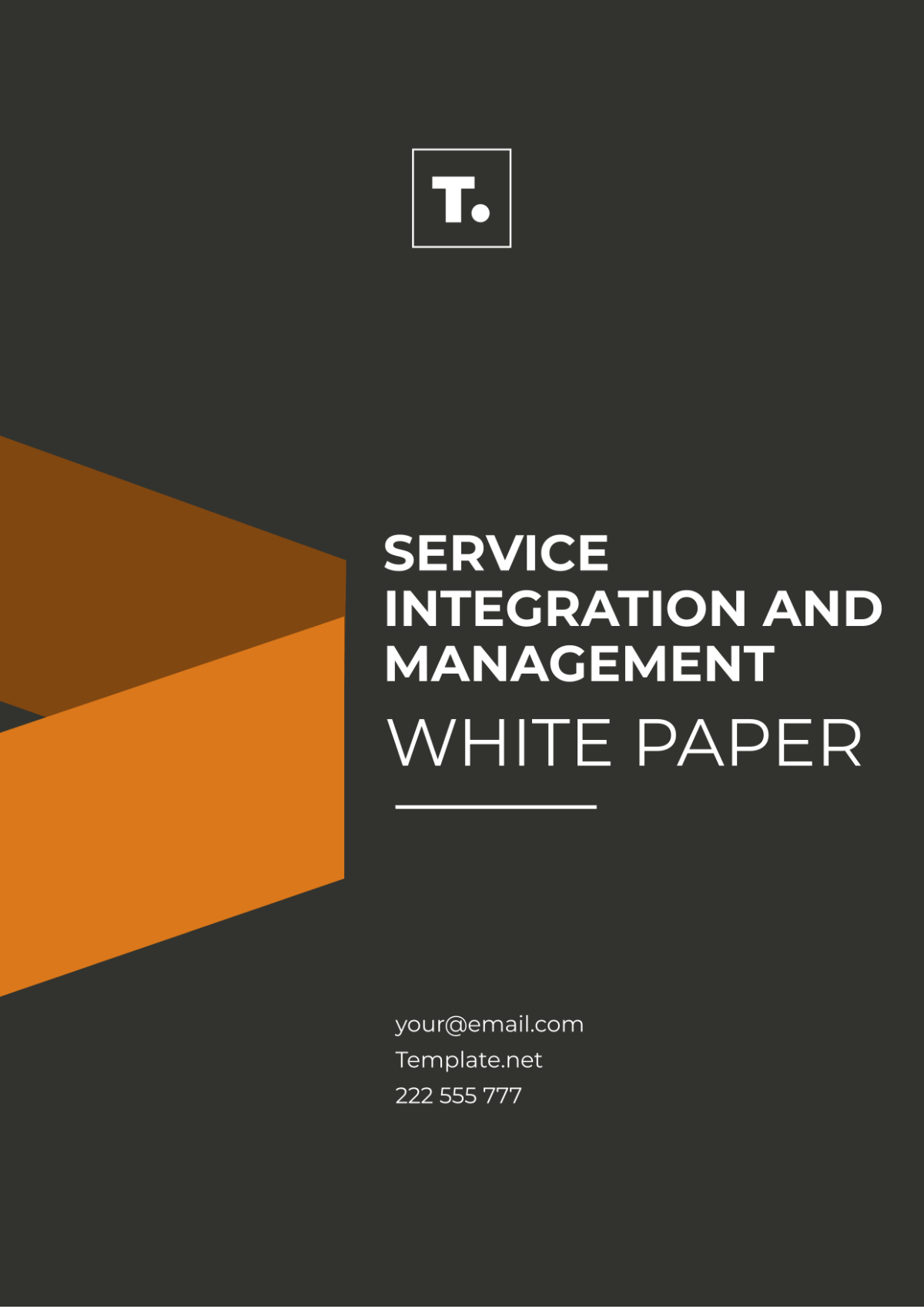Account-Based Marketing White Paper
Elevate B2B Growth: Mastering Account-Based Marketing Strategies
Prepared by: [YOUR NAME]
Company: [YOUR COMPANY NAME]
Department: [YOUR DEPARTMENT]
Date: [DATE]
I. Executive Summary
This white paper provides an in-depth analysis of Account-Based Marketing (ABM) as a strategic approach in B2B marketing. It discusses the essential components, benefits, and steps to implementing ABM at [YOUR COMPANY NAME]. Through real-world examples and data-driven insights, we aim to demonstrate how ABM can significantly improve marketing efficiency and increase revenue by closely aligning marketing strategies with key business accounts.
II. Introduction to Account-Based Marketing
ABM is a focused growth strategy in which Marketing and Sales collaborate to create personalized buying experiences for a mutually identified set of high-value accounts. This section will provide a foundational understanding of ABM, discussing its importance and relevance in the modern B2B landscape.
A. Definition of ABM
Account-based marketing is a strategic approach that coordinates personalized marketing and sales efforts to open doors and deepen engagement at specific accounts.
B. Comparison with Traditional Marketing Models
Unlike broad-based marketing strategies, ABM focuses on a smaller number of high-value accounts with tailored campaigns designed to resonate with each specific account.
III. Core Components of ABM
This section details the critical elements essential to the successful deployment of an ABM strategy within [YOUR COMPANY NAME].
A. Identifying Target Accounts
ABM requires a shift from lead-centric to account-centric thinking. This part explains the criteria and processes involved in selecting target accounts that likely will yield the highest ROI.
B. Developing Account Insights
Gathering and analyzing data to understand the needs, challenges, and business landscape of the target accounts.
C. Personalized Marketing Strategies
Creating customized marketing messages and campaigns specifically designed to resonate with each target account.
IV. Implementing ABM
This section outlines a practical approach to implementing ABM strategies, from planning to execution and monitoring phases.
A. Strategy Development
Detailed steps for formulating an ABM strategy that aligns with [YOUR COMPANY NAME]’s business goals.
B. Tools and Technologies
Discussion of the essential ABM software and tools necessary for campaign execution, data analysis, and relationship management.
C. Execution of Campaigns
How to effectively launch and manage ABM campaigns, including timelines, channels, and content strategies.
D. Measuring Success
Key Performance Indicators (KPIs): Key Performance Indicators (KPIs) are specific metrics used to evaluate the success of an organization or a particular activity. These are quantifiable measures that reflect the critical success factors of an organization or project. KPIs help in understanding progress towards strategic goals and can vary depending on the nature of the business or project.
Methods to Analyze and Report Performance: Methods to analyze and report performance refer to the techniques and tools used to assess and communicate the results of KPIs or other performance metrics. This can include data analysis methodologies (such as statistical analysis, trend analysis, or comparative analysis), reporting frameworks (like dashboards, scorecards, or written reports), and communication strategies (such as presentations or meetings).
Adjustments and Optimizations for Future Campaigns: Adjustments and optimizations for future campaigns involve making strategic changes based on the analysis of past performance. This includes refining strategies, reallocating resources, or modifying tactics to improve outcomes. The aim is to learn from previous experiences and optimize future efforts to achieve better results.
V. Case Studies
This section provides case studies from leading companies that have successfully implemented ABM strategies. Specific focus is given to the challenges faced, solutions implemented, and the outcomes achieved.
VI. Conclusion and Future Outlook
Summarizes the key points discussed and addresses the future direction of ABM in the industry. The conclusion will reinforce the value of ABM and encourage [YOUR COMPANY NAME] to adopt and optimize ABM strategies.

















































